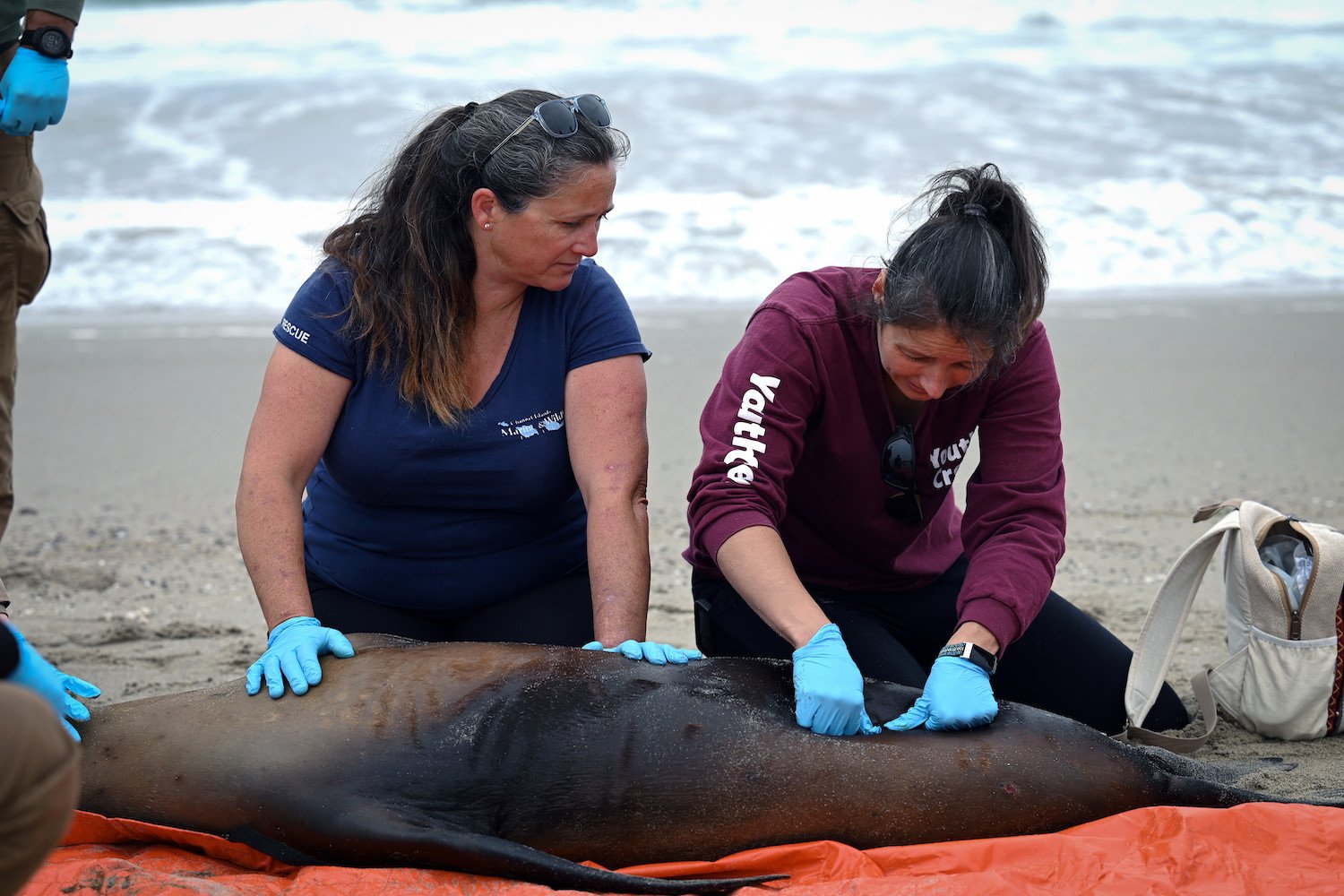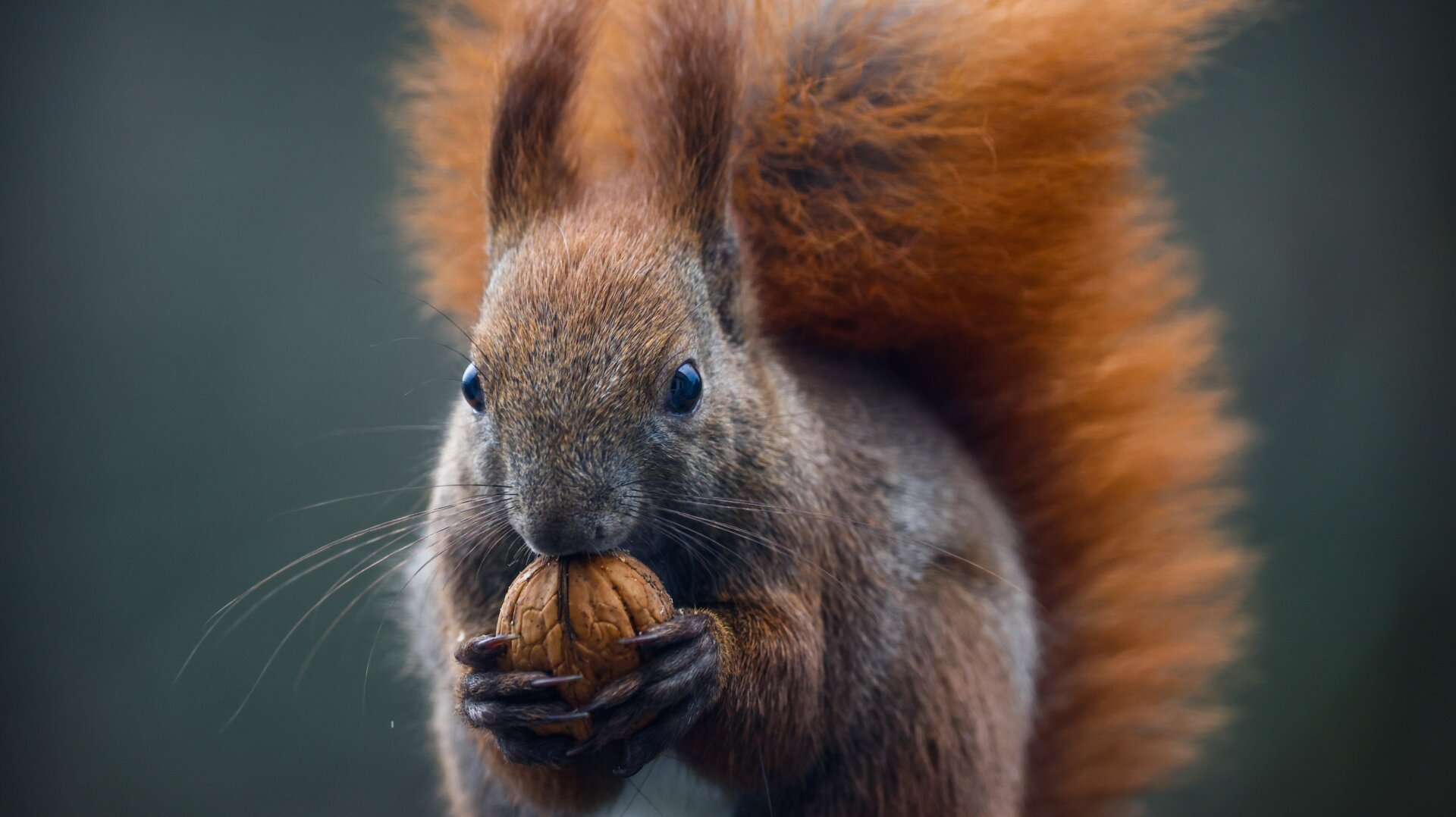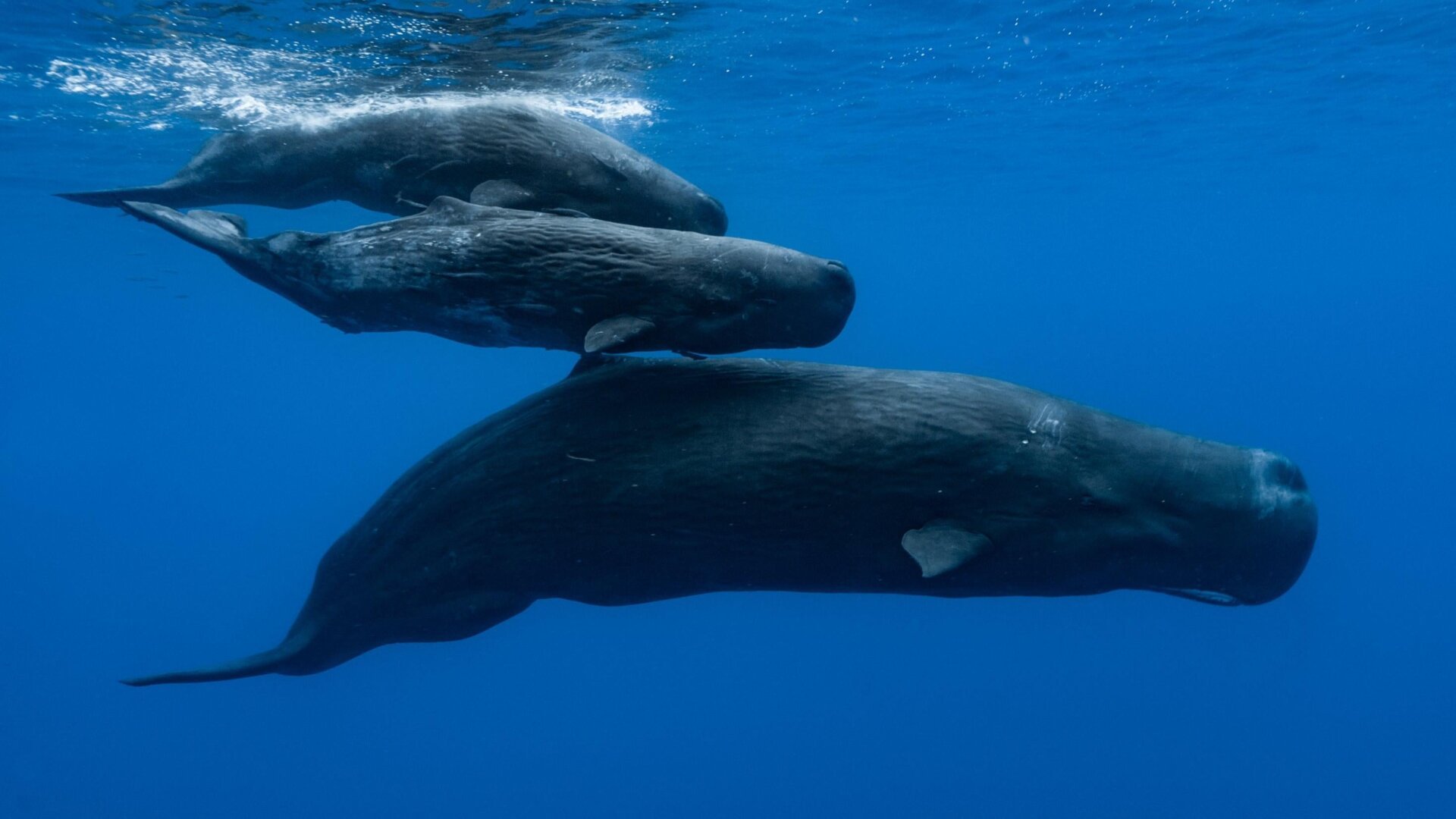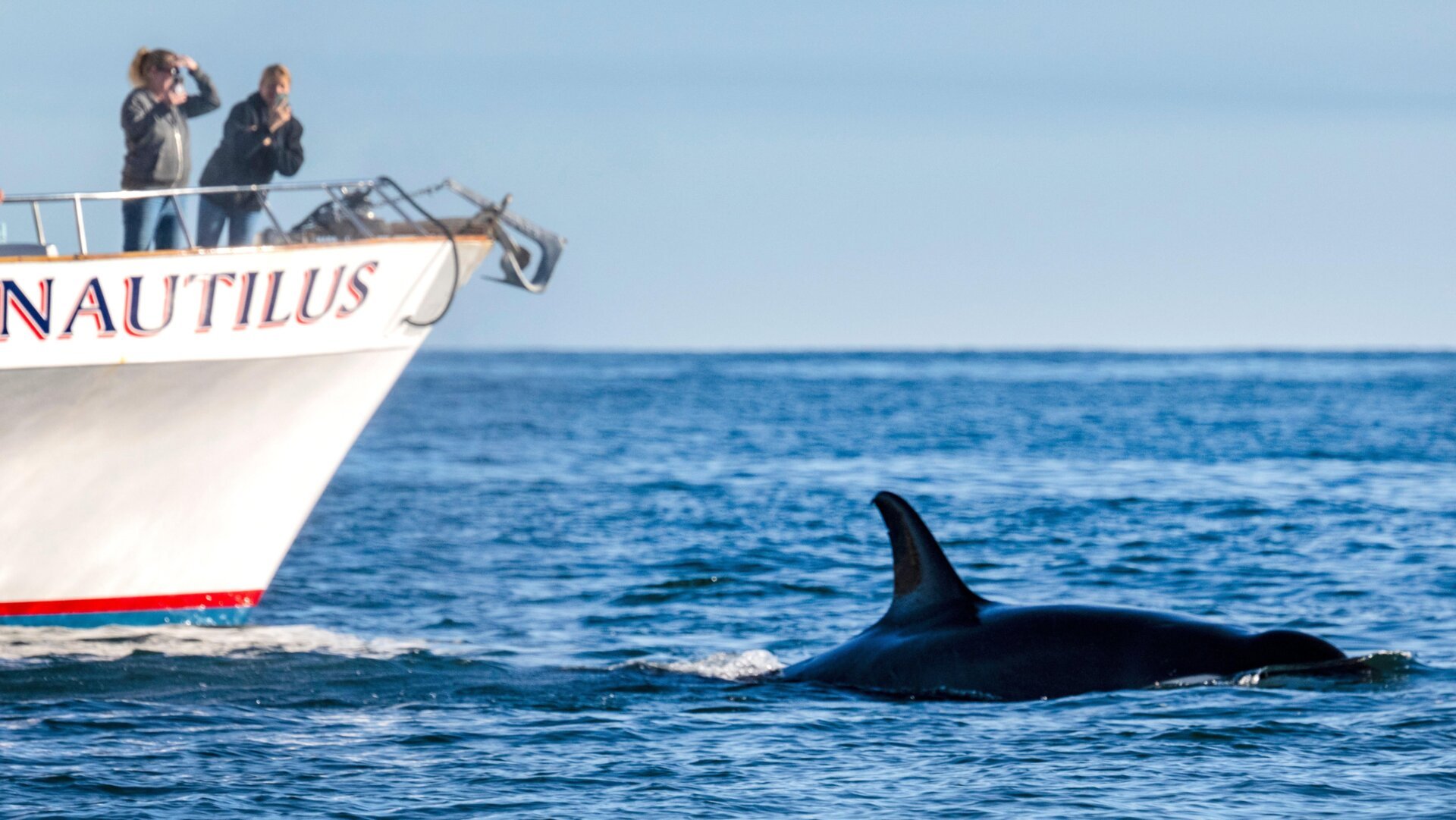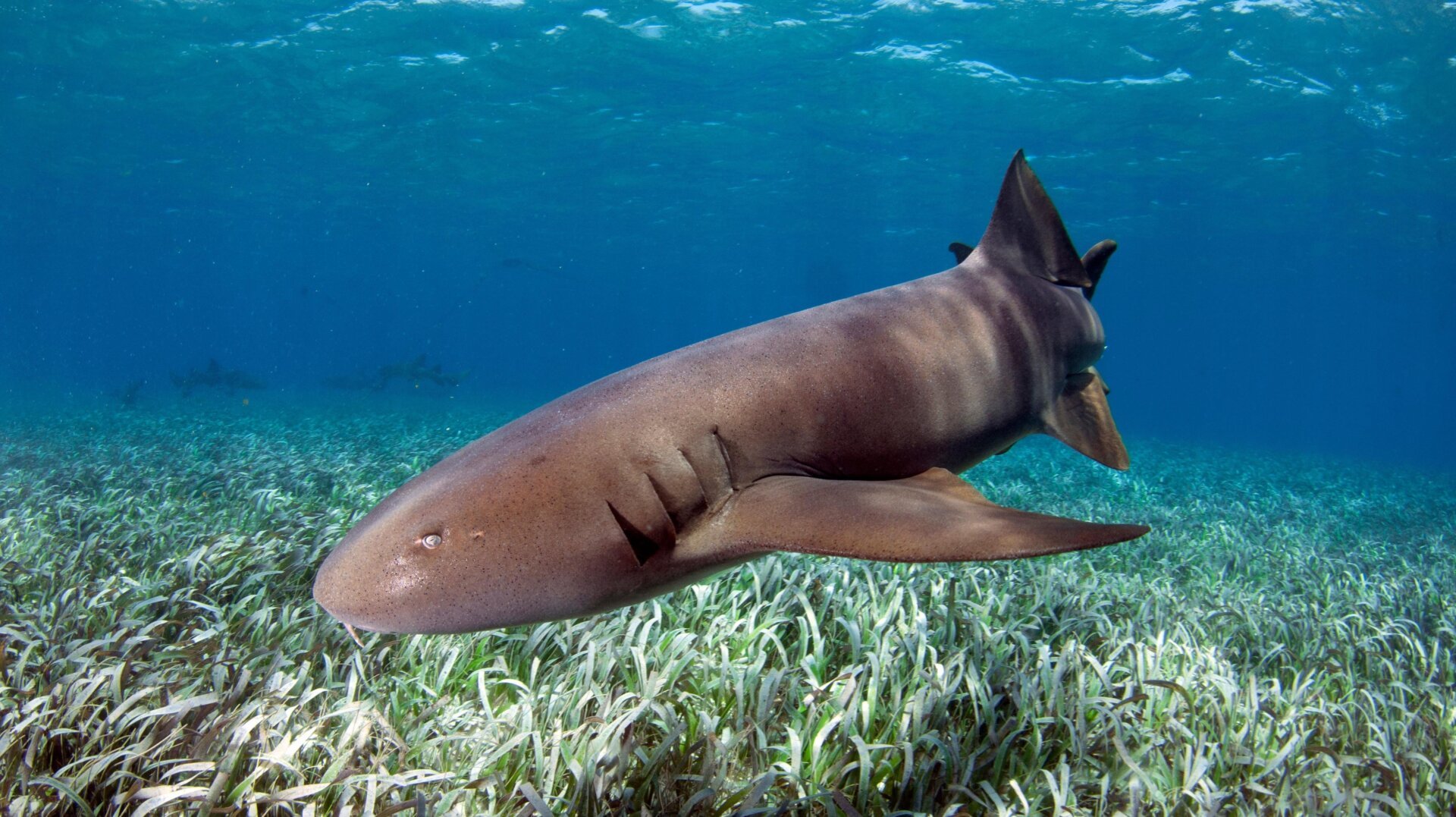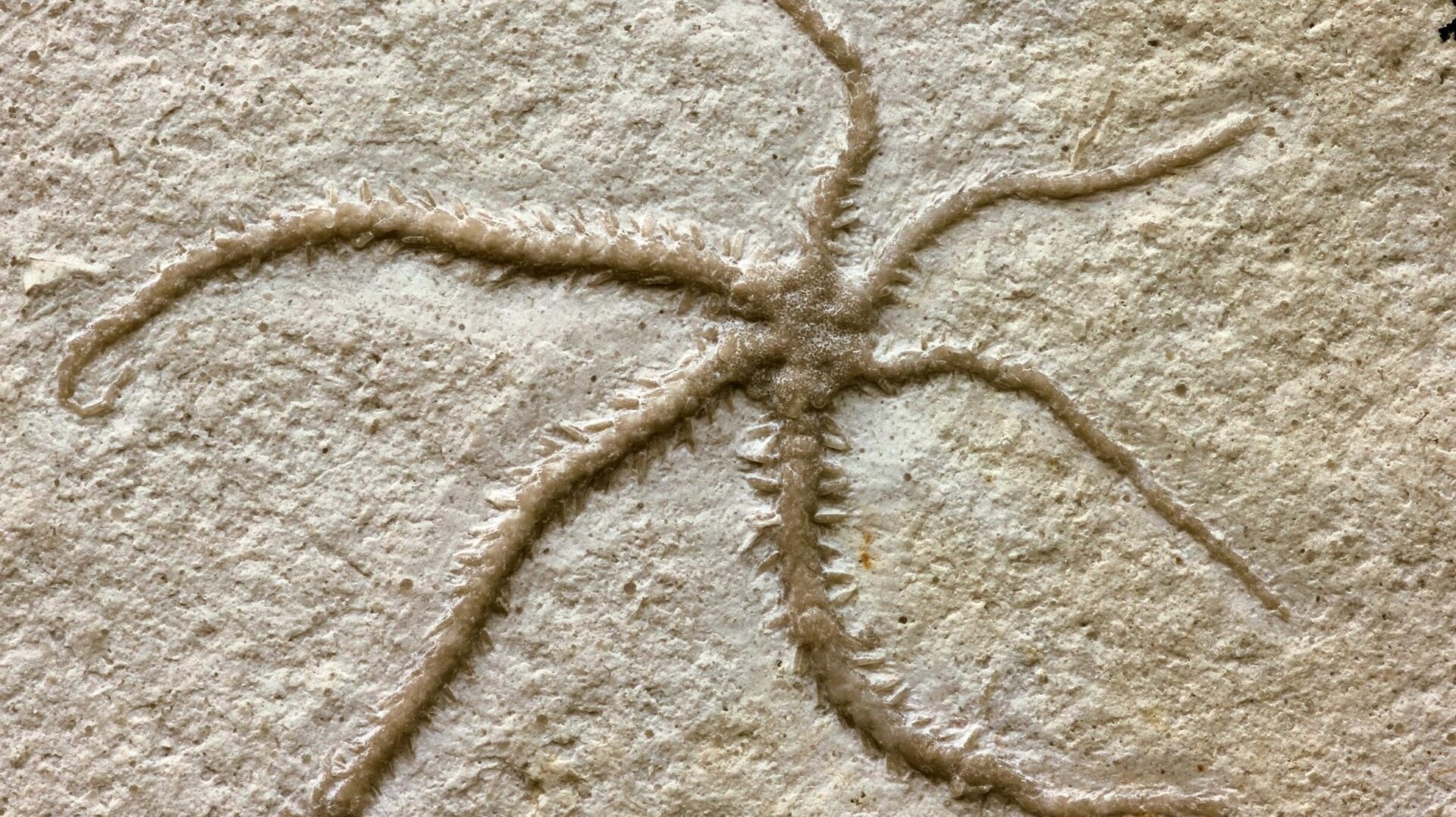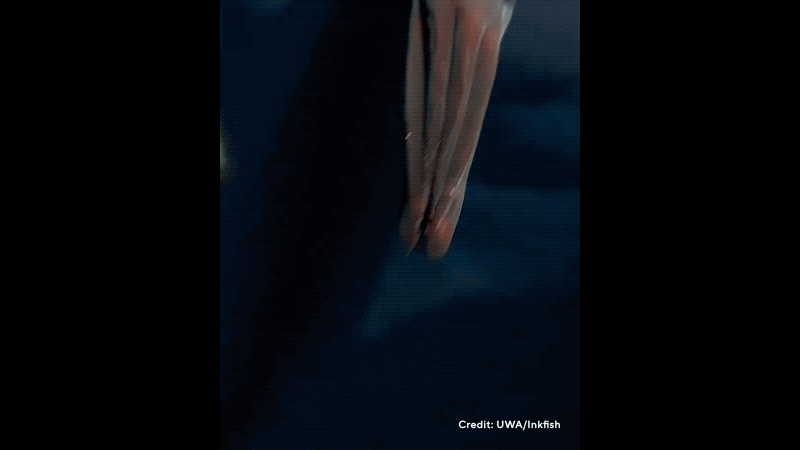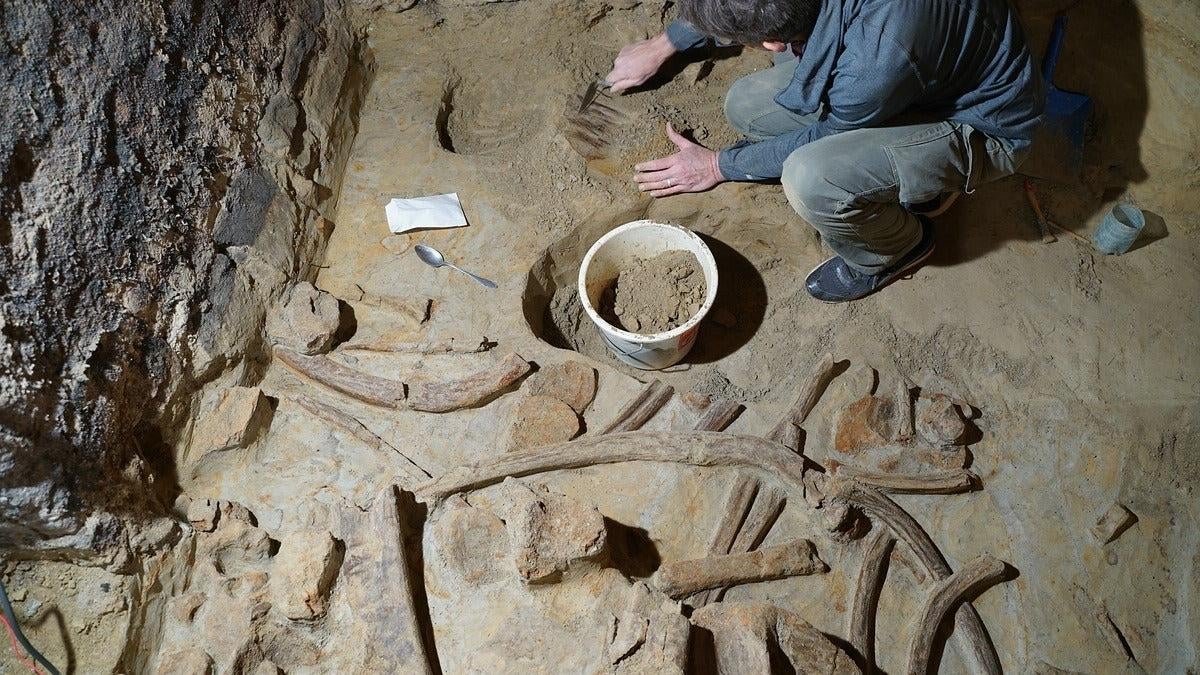The California coastline is experiencing a surge in sick and stranded sea lions, exhibiting disorientation, seizures, and other neurological symptoms. The culprit? Domoic acid, a potent neurotoxin produced by a harmful algal bloom.
The Channel Islands Marine & Wildlife Institute (CIMWI) is on the front lines of this marine crisis. They are receiving an overwhelming number of reports, close to 100 per day, about affected sea lions. Symptoms range from staring blankly into space and head weaving to more severe manifestations like foaming at the mouth, muscle spasms, and seizures. Some animals are so debilitated they can’t escape the incoming tide. These signs point to domoic acid poisoning.
Domoic acid is produced by the algae Pseudo-nitzschia, which typically blooms in spring and fall when nutrient-rich cold water rises to the surface. Small fish and shellfish consume the algae, and these contaminated creatures become food for sea lions, dolphins, and birds. For sea lions, domoic acid can be fatal. A similar bloom in June 2023 resulted in over 1,000 reports of sick or dead marine animals in just one week in the same region.
The full extent of the current bloom is still unknown, as data from the Southern California Coastal Ocean Observing System isn’t available yet. The CIMWI urges the public not to approach or touch affected sea lions, but instead to note the animal’s location and contact their rescue team.
Covering 155 miles (250 km) of coastline across Santa Barbara and Ventura counties with limited volunteers, the CIMWI is working tirelessly to address each report. So far, they’ve rescued 25 sea lions.
Vandenberg Space Force Base personnel are assisting the CIMWI’s rescue efforts. In addition to rescuing stranded sea lions, military personnel are also testing marine life found on the base for toxins.



